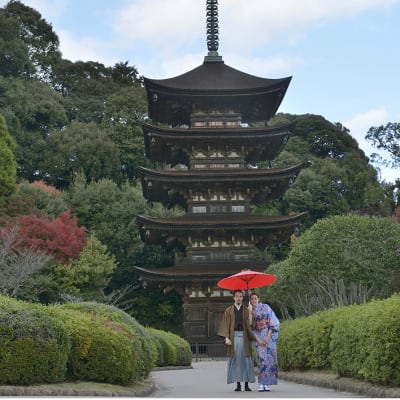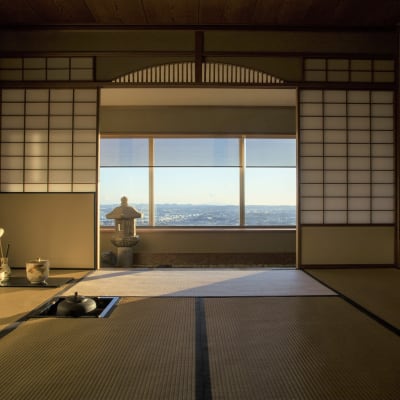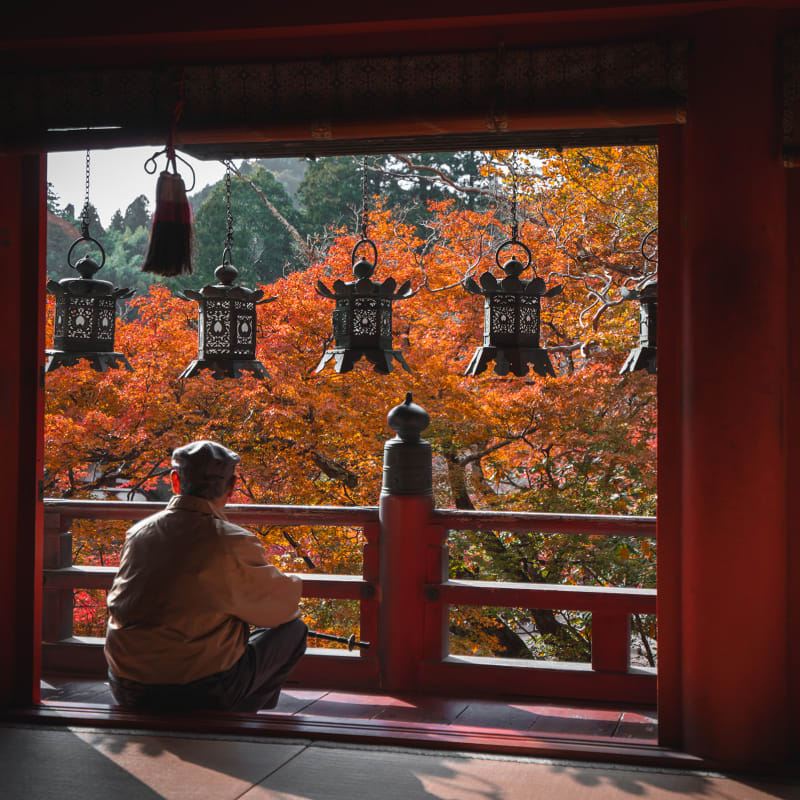-
- 简体中文
- 繁體中文(香港)
- 繁體中文(臺灣)
- India (English)
- Bahasa Indonesia
- 한국어
- ภาษาไทย
- Tiếng Việt
- Singapore (English)
- Philippines (English)
- Malaysia (English)
- Australia/New Zealand (English)
- Français
- Deutsch
- Italiano
- Español
- United Kingdom (English)
- Nordic countries(English)
- Canada (English)
- Canada (Français)
- United States (English)
- Mexico (español)
- Português
- العربية
- Japan(日本語)
- Global (English)
-
Destinations
-
Things to Do
-
Plan Your Trip
-
Articles
- JAPAN Monthly Web Magazine
- Tradition
- Arts & Cultures
- Cuisine
- Nature & Outdoor
- Shopping
- Relaxation
- Festivals & Events
- All
- Insider Blog
- Things to do
- Local Guides
- Outdoor
- Food & drink
- City life
- Culture
- Traditional
- Adventure
- Consumer
- All
Use the
Planning a Trip to Japan?
Share your travel photos with us by hashtagging your images with #visitjapanjp
Amanohashidate: Kyoto’s Bridge in the Sky
©Amanohashidate Tourism Association
HOME > Japan’s Local Treasures > Amanohashidate: Kyoto’s Bridge in the Sky
This sandspit, known as the Bridge to Heaven, is considered one of Japan’s most scenic views
Miyazu City, Kyoto Prefecture

In the northern part of Kyoto Prefecture, on the Tango Peninsula, is Amanohashidate, rated one of the top three most scenic views in Japan. Translated as “bridge to heaven,” this 3.6-kilometer sandbar, connecting the villages of Monju and Fuchu across Miyazu Bay, is traversed by a path along which grow 5,000 weather-twisted pine trees.
Since ancient times, people have been fascinated by Amanohashidate. In the Tango-no-Kuni Fudoki (Tango Province Gazetteer), a book written around the eighth century AD and long since lost, Amanohashidate is a ladder that once belonged to the deity Izanagi-no-Mikoto, one of the mythical creators of the Japanese archipelago. The story goes that while Izanagi-no-Mikoto was sleeping, the ladder fell to earth, creating the sand bar and providing it with its poetic name.
If you want to see Amanohashidate like a bridge in the sky, head to the elevated viewing point in Fuchu’s Kasamatsu Park, which can be reached by cable car. Here, you can join people practicing the popular “matanozoki” viewing style—leaning down to observe the sandbar upside down through your legs. Viewed this way, Amanohashidate truly does look like a bridge floating in the sky.
Amanohashidate also varies with the seasons. In winter, the snow on the sandbar’s pine trees creates a magical landscape, while in spring, cherry trees blossom around the observatory and lend the scene a beautiful pink and white frame.

How to get there
From Kyoto Station, take the Special Express train to Amanohashidate Station (about 2 hours). Views of the sandspit are a 5-minute walk from Amanohashidate Station.
Monju, Miyazu-shi, Kyoto-fu
Links
More Information
Kansai Region | JNTO Official Website
Kyoto Prefecture | JNTO Official Website
Nearby Experiences
- Home
- Japan’s Local Treasures
- Amanohashidate: Kyoto’s Bridge in the Sky




























































